When investing in gold, many people are unsure how to take their IRA or 401K and convert those funds into physical gold without incurring the IRS 10% early withdrawal penalty for moving retirement account money before 59 ½.
If you are interested in investing, make sure to take a look at our highest recommended companies for this year!
>> Click Here For A List Of The 5 Highest Recommended Precious Metals Investment Companies <<
When is a Penalty Applicable?
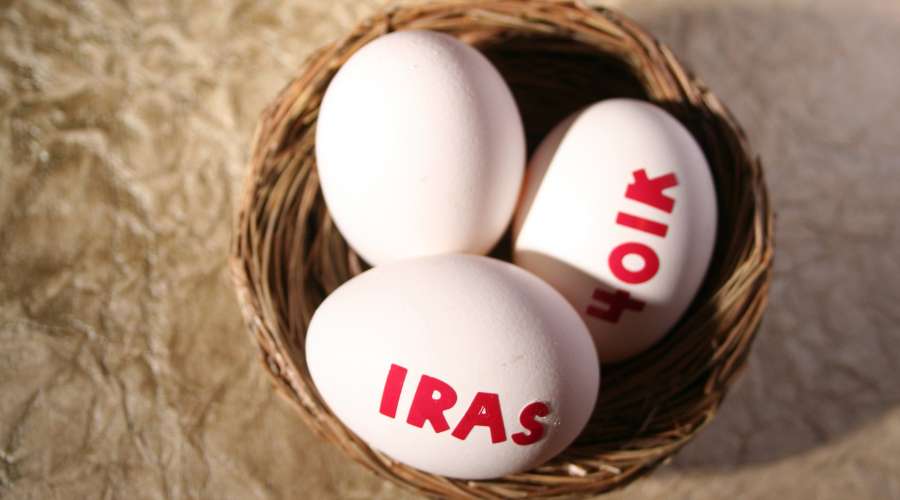
To be clear, the IRS does not require you to notify them of an early withdrawal from your IRA or 401K unless you withdraw from that account before age 59 ½. This means that if you are 59 ½ years old, your IRA money can still be withdrawn without penalty at any time. However, taking a distribution from your retirement account at a younger age will incur a 10% penalty on the amount withdrawn.
So, you are a younger individual planning to take a distribution from your retirement account. You will want to take advantage of the favourable tax treatment and withdrawal windows available. You can transfer the money from your 401K or IRA into your precious metals IRA account to defer tax on a portion of the qualified IRA distributions until you reach 59 ½.
This will allow you to participate in the favourable "59 ½ Clock" that exempts the early distribution penalty when beginning withdrawals at age 59 ½. When it is time to convert your retirement account funds over to physical gold, we can look at two schools of thought in terms of determining how best to go about doing this.
Roth Conversion
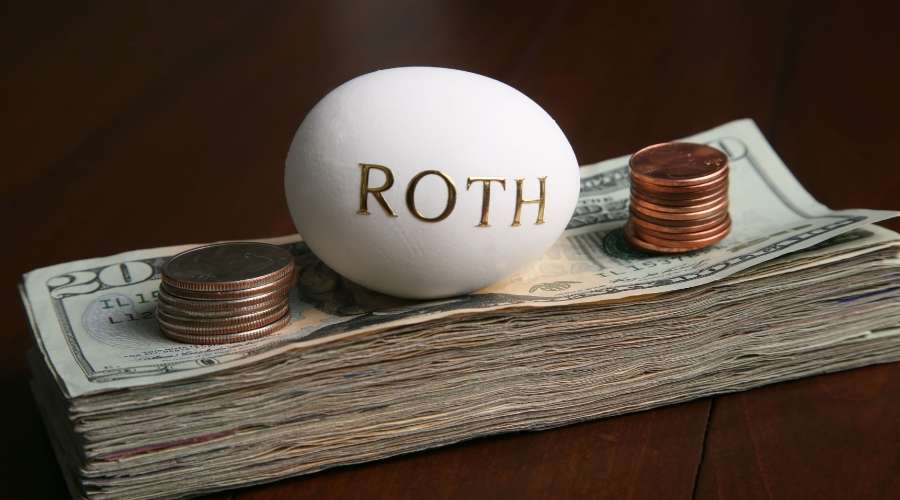
In the Roth conversion method, you have already paid significant taxes on the IRA or 401K funds by making contributions. Therefore, you can easily convert these funds to physical gold with no tax penalties if you meet the required withdrawal period from the retirement account. To qualify for this method of converting retirement account funds over to physical gold, your total taxable income for the year must be under $100,000 per year (as determined by your adjusted gross income), and your total net worth must not exceed $10 million.
Note that back in 2011, there was some controversy regarding whether or not Roth conversions were still eligible for tax-free conversions after December 31, 2012. However, in an agreement struck with the IRS, the American Taxpayer Relief Act of 2012, signed on January 2, 2013, clarified that Roth conversions continue to be tax-free.
This means that you could use a large portion of your IRA or 401K funds to convert toward physical gold if you meet the income limitations and can take advantage of this tax-free conversion method.
For example, if you had $10 million in your Roth IRA and wanted to convert over $500,000 into gold bullion (let’s say one-ounce coins), you would pay no taxes on the conversion as long as you meet the income requirements stated above. You would open an account at a bullion dealer, such as Goldco, and transfer money from your Roth IRA over to the gold dealer by initiating a wire transfer.
Once the funds have been received into your gold dealer account, you would have them ship out the physical gold bullion and hold it in your possession. You would need to pay no taxes on these funds until you begin withdrawing them at age 59 ½.
Note: As a general policy, if you use this Roth conversion method to convert your IRA or 401K over to gold, I highly recommend that you move the funds into a gold bullion account before the year mark when you plan to take yourself off of your company's retirement plan. This will ensure that you do not incur an IRS penalty on the conversion if your company switches to a defined benefit plan in 2013 and takes away your right to make any further Roth conversions.
Non-Roth Conversion
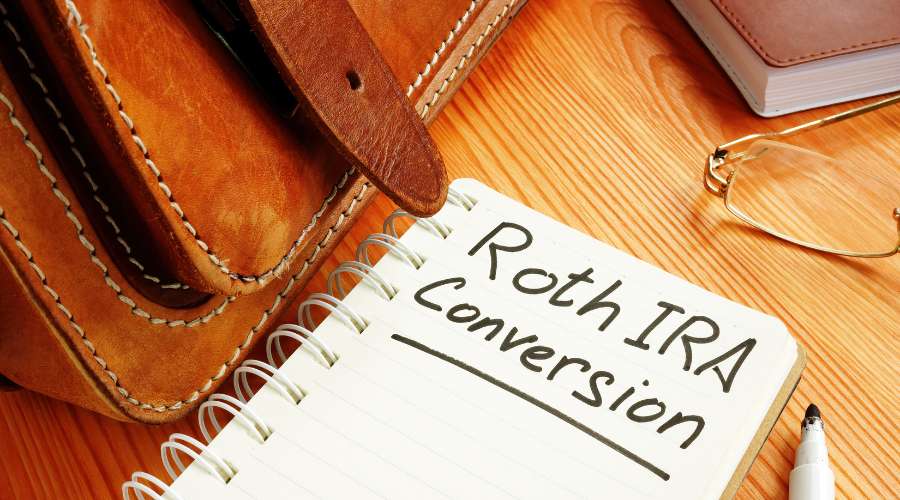
Most individuals wonder whether it is possible to convert over $10 million worth of retirement account money into gold without penalty in a non-Roth scenario. While the tax code does not specify that you cannot do this, it would be highly unlikely that you could successfully pull off this conversion without raising several eyebrows from the IRS and likely getting audited.
Non-Roth conversions are primarily geared toward people with long-term capital gains on stocks and other investments they have owned for a long time. If you are in this camp, you could convert your entire IRA or 401K into gold without any early distribution penalties. However, the IRS does not allow non-Roth conversions for people who have never paid income tax.
This means that if you are a younger individual with no taxable income or capital gains, you cannot do a non-Roth conversion without incurring an early distribution penalty because you have never paid any taxes on the money in your IRA or 401K before.
The big benefit to non-Roth conversion is that you can take full advantage of the favourable "59 ½ Clock", which exempts early withdrawal penalties when beginning withdrawals at age 59 ½. Based on this rule, you can take distributions from your IRA or 401K at any time in the future without incurring an early distribution penalty.
In these cases, it is best to transfer the funds over to gold and hold this in your personal possession. You will need to pay no taxes on these funds until you begin withdrawing them at age 59 ½, so this is not complicated, although it is not as tax-efficient as a Roth conversion. You will also want to transfer your gold into your IRA or 401K account to continue making regular contributions.
Personal Gold Account

If you are unable to convert your retirement account funds into gold, it is also possible to take money out at any time and place it in a personal gold account. The big benefit of this method is that if you choose, you could keep the funds in an IRA or 401K without paying tax on those distributions.
The big drawback to this approach is that if you begin withdrawing your physical gold from the IRA early (i.e., before age 59 ½), you will be subject to a 10% early distribution penalty on the money, which would reduce the amount of taxes that would otherwise be owed on a typical $10,000 per year in pension withdrawal.
The big drawback to holding your gold in a Roth IRA is that you will not be able to take advantage of the favourable "59 ½ Clock". The only exception to this rule is if you withdraw your gold before age 59 ½ and do an offsetting rollover into a separate account or trust (which is possible with a Qualified Personal Residence Trust).
If you are in this situation, take the funds out of your retirement account and convert them into gold bullion. This is because you will only be subject to a 10% early withdrawal penalty on conversion if you choose to withdraw the distribution, and this would not be an issue due to the favourable "59 ½ Clock". In addition, if your company switches its plan to a defined benefit plan which takes away your ability to convert over these funds, then it is not likely that you would be able to incur a tax liability at that time because you have never paid taxes on these distributions.
If you choose to withdraw funds from your retirement account, convert them over into gold, and then elect to hold some of these funds in a personal gold account utilizing a silver life insurance policy as an IRA rollover technique, then you would need to ensure that you keep a good portion of the liquid funds somewhere else. This is because most of your liquid assets will likely be tied up in the life insurance policy, leaving too little liquidity for living expenses and emergencies.
Depending on the number of funds you have, the additional liquidity required to bridge this gap could be anywhere from $50,000.
The bigger money you have in your gold account, the less liquidity you are going to need because if you were to ever incur an emergency expense of $1 million, then you will easily be able to pay that off with a much smaller portion of your gold if it is liquidated.
Income Tax Planning

In addition to tax advantages for using physical gold as an IRA rollover technique, many other tax benefits can be obtained by using this method, depending upon your current income tax situation.
For example, if you are in a lower tax bracket now, you may save a bit more money by using this technique. Suppose you are currently in a higher tax bracket today. In that case, you can itemize your gold IRA rollover deduction instead of a standard 1099-R (or other types of taxable distribution) because the IRS does not impose early withdrawal penalties for an IRA rollover.
On the other hand, if your current income tax bracket is much lower than your retirement plan or 401K contributions each year, then perhaps the IRS will allow for the early withdrawal penalty-free rollover of an IRA rollover into gold bullion due to this favourable rule which allows for this type of transaction.
If you choose to do so, you can see several ways to save taxes. However, the biggest obstacle people have when considering this technique is that they are unsure how they might do it and believe it is illegal.
Here is the process to do an IRA rollover into gold bullion funds.
The entire transaction can be done over the phone or in person (at your local bank or broker) by selecting a gold fund or ETF which holds physical gold bullion as its underlying asset. You will not be required to fill out any forms, provide any information, or sign any legal documents.
You can easily set up automatic monthly withdrawals from your retirement account into your personal gold account as long as you pay the applicable fees. Make the first payment on or around the same day each month until you have paid off all your outstanding IRA rollover funds.
Once your gold IRA rollover funds are completely paid off, you can keep the money in your gold account. Because the IRS does not impose any penalties for this type of transaction, nothing prevents you from doing so from a tax or legal standpoint.
When it is time to transfer these funds into a physical gold bullion coin or bar (i.e., an actual physical stack of bars), make sure that you have already received one of these in the mail before executing this transaction because people will always assume that you will be able to purchase one or more of these at some future date when they hear this type of news.
Suppose you do not receive a physical bullion coin or bar by mail before the IRA rollover. IRA rollover funds are completely paid off. In that case, the transfer will be a "paper rollover" (i.e., not a true rollover).
Suppose your company changes its plan to a defined benefit plan and decides to limit the amount of gold that can be physically held in your retirement account. In that case, you might likely incur a tax liability on these amounts. In this case, there are numerous ways to allow you to continue taking distributions and converting them over to gold bullion physical coins or bars.
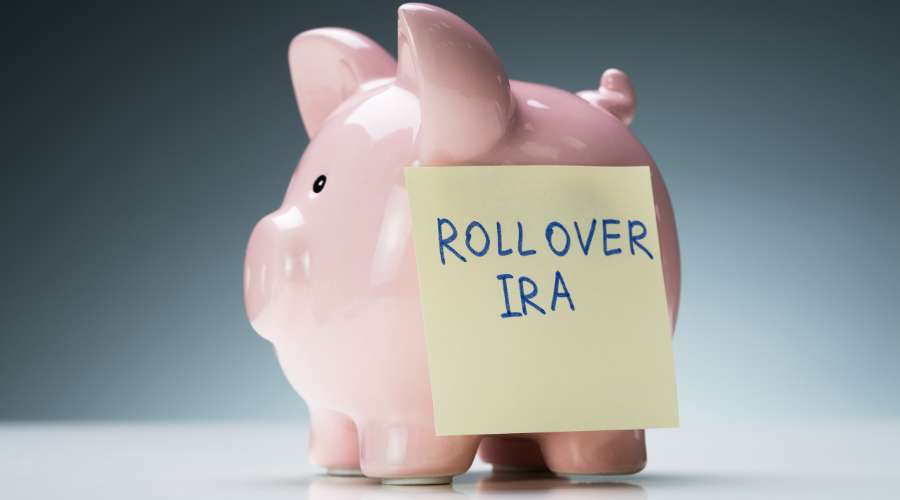
These include, but are not limited to:
One way to avoid this issue is to move from the defined benefit plan to a cash or cash-like one and roll over all your IRA rollover funds into gold bullion.
In addition, you could also take greater withdrawals than you can take now under your current plan and then convert them into gold bullion and hold these funds in a physical bullion coin or bar.
Another way is to buy more physical gold bullion coins or bars (i.e., a larger quantity) and hold them as an inventory account after they have been purchased and before they are transferred over into your retirement account.
The point is that no matter how you choose to move forward, if you decide that you want to invest in physical gold bullion, then you will be able to do so using this IRA rollover technique and receive all of the important tax benefits (i.e., not having to pay taxes on the gains until they are withdrawn) and still receive the ability to physically hold this money yourself.
If you have already made an IRA rollover into silver or gold, then a very large amount of your IRA rollover funds may be sitting in a non-qualified account. If this is the case, you will want to get that money secured using a Gold IRA rollover into physical gold bullion as soon as possible.
Additionally, if you currently earn more than average income, you will want to consider doing a "backdoor" IRA rollover into gold bullion. This allows people who cannot contribute directly to a Roth IRA account from their regular employment income but who can pay taxes on this income in the year they make these contributions (i.e., non-deductible) and avoid paying taxes on these amounts later when they are withdrawn.
You can use a Gold IRA rollover into physical gold bullion from these non-deductible employer contributions to turn them into a Roth IRA. The benefit of doing this is that you will have money growing tax-free in your Roth IRA and then be able to take distributions of the silver sitting in your non-qualified account and turn it into physical silver coins or bars after you have paid the required taxes on it.
Another reason to do this after paying the taxes on your non-qualified contributions is to avoid taking a large tax hit when it is time to start withdrawing the silver sitting in your non-qualified account. You can make withdrawals on this silver later and pay zero taxes when you convert it into silver bullion coins or bars.
Suppose you have already made an IRA rollover into gold or silver. In that case, you should take advantage of the "enable IRA rollover funds" technique after making any required employer contributions as soon as possible and before making any withdrawals from that account.
Once you have taken the required distributions and converted them into silver bullion, consider rolling your IRA rollover funds into gold bullion with the same technique.
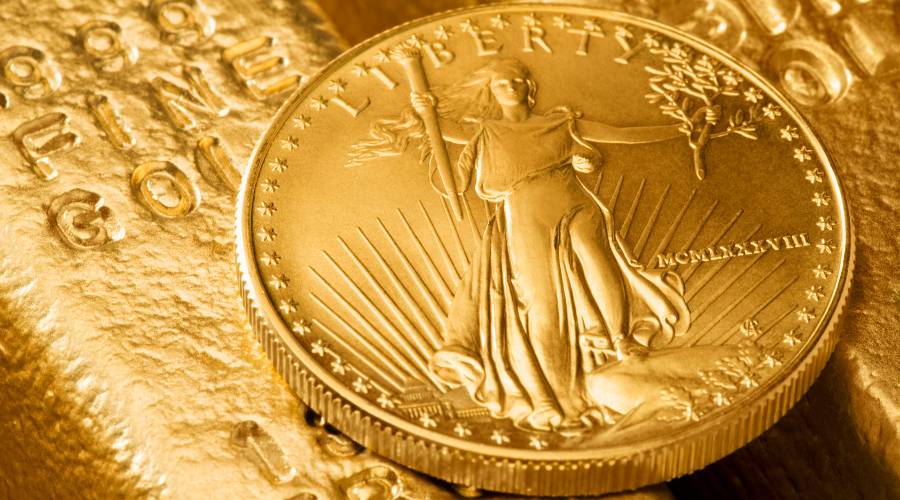
In addition, if your job is transitioning or you are already receiving gold bullion as a pension in place of a salary or some other type of payment, then this "enable IRA rollover fund" technique might help you continue receiving a monthly payment from that account.
As long as the proceeds from these sales are not used for personal use, then there are no federal estate tax consequences associated with this money remaining in business accounts after it is sold. If these sales are for personal use, you will want to move the proceeds into cash or cash-like accounts to take advantage of the technique.
You can transfer your gold IRA rollover funds out of your business retirement accounts and into cash or cash-like accounts to avoid the issue altogether.
Once this has been done, it is time to make some withdrawals from this money to avoid any future tax problems. You should take the amount sitting in paper currency or in money market funds and convert it into gold coins or bars before it has actually been withdrawn.
This is completely legal to do, and you can avoid all future tax problems that might not be obvious. However, if you sell this gold as an inventory account, you will want to wait until after it has been sold. Suppose you sell it before it has been sold. In that case, this can be viewed as a taxable sale and incur a significant capital gains tax liability on top of any federal estate tax liability that might have been incurred.
You will also want to take care in how you describe your physical bullion coins or bars to ensure clarity about who owns them. Suppose you use a professional IRA financial institution to help manage your IRA rollover funds. In that case, you will want to make sure that any paper currency is converted into gold coins before it has been deposited at the bank to avoid any possible concerns about how this might be reported.
It is also important to note that while these are all good things to do, they will not necessarily prevent an estate tax liability from occurring. They help ensure there is no confusion about this money's process and movements.
This is a good reason you should take care when investing in physical gold coins or bullion because these items can easily be subject to theft. You may not be able to get any of your gold coins or bullion back if they are stolen because there is no clear title of ownership.
People often believe that they will be able to pay off the IRA obligation with the assets in their defined benefit plan because they will have many liquid assets left over. However, in some cases, this is not true due to new changes concerning benefits offered by various companies.
Many of these companies are shifting to a "hybrid" plan that has a smaller defined benefit fund but instead uses cash balances to pay for retirees. This means that the value of the assets in your defined benefit plan must be large enough to cover some or all of your retirement plan members.
Suppose you believe you have enough assets to cover this obligation and need help appropriately investing this money. Consider a series of asset purchase techniques like investing in physical silver bullion coins and bars.
Don't forget to check out our top recommended companies before investing!
